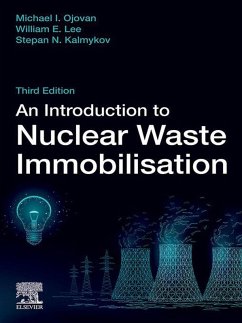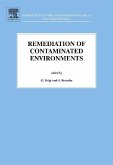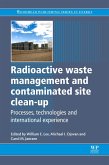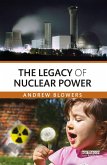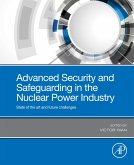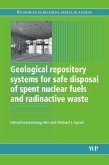An Introduction to Nuclear Waste Immobilisation, Third Edition examines nuclear waste issues, including natural levels of radionuclides in the environment, the geological disposal of waste-forms, and their long-term behavior. It covers all-important aspects of processing and immobilization, including nuclear decay, regulations, new technologies and methods. The book has been updated to include a discussion of the disposal of nuclear waste from non-energy sources, also adding a chapter on the nuclear fuel cycle. Significant focus is given to the analysis of the various matrices used, especially cement and glass, with further discussion of other matrices, such as bitumen.
The book's final chapter concentrates on the performance assessment of immobilizing materials and safety of disposal, providing a full range of resources needed to understand and correctly immobilize nuclear waste.
The book's final chapter concentrates on the performance assessment of immobilizing materials and safety of disposal, providing a full range of resources needed to understand and correctly immobilize nuclear waste.
- Focuses on core technologies and an integrated approach to immobilization and hazards
- Includes new scientific findings on wasteform performance and novel technological developments
- Provides expanded coverage on decommissioning waste, including clearance of bulk materials from regulatory control and novel processing approaches
- Focuses on different matrices used in nuclear waste immobilization, including cement, bitumen, glass and new materials
Dieser Download kann aus rechtlichen Gründen nur mit Rechnungsadresse in A, B, BG, CY, CZ, D, DK, EW, E, FIN, F, GR, HR, H, IRL, I, LT, L, LR, M, NL, PL, P, R, S, SLO, SK ausgeliefert werden.

